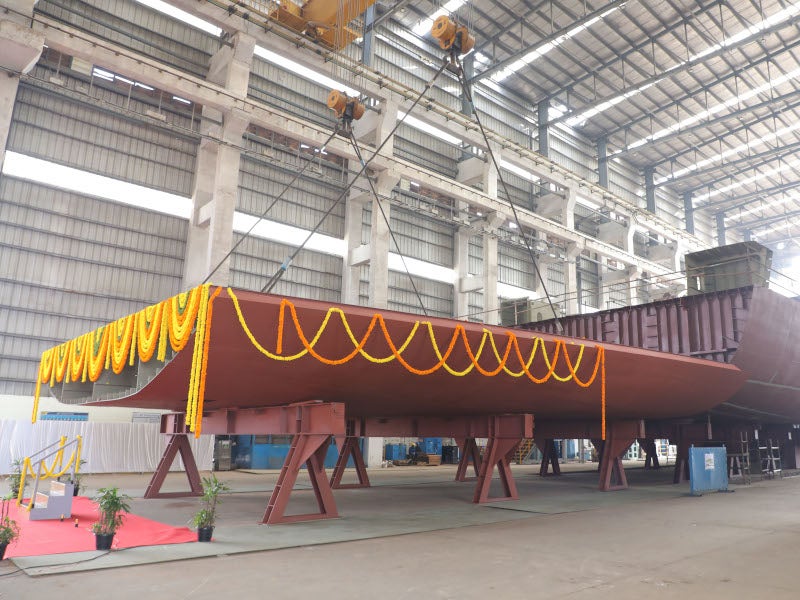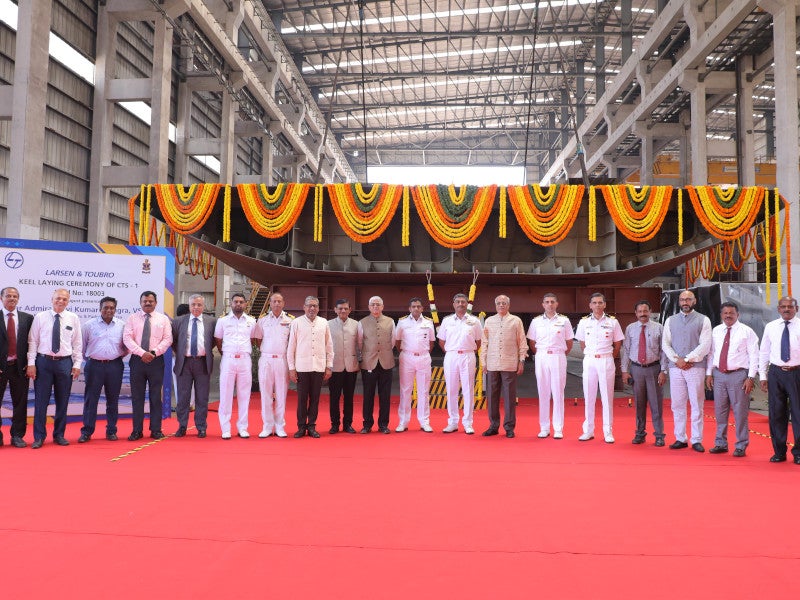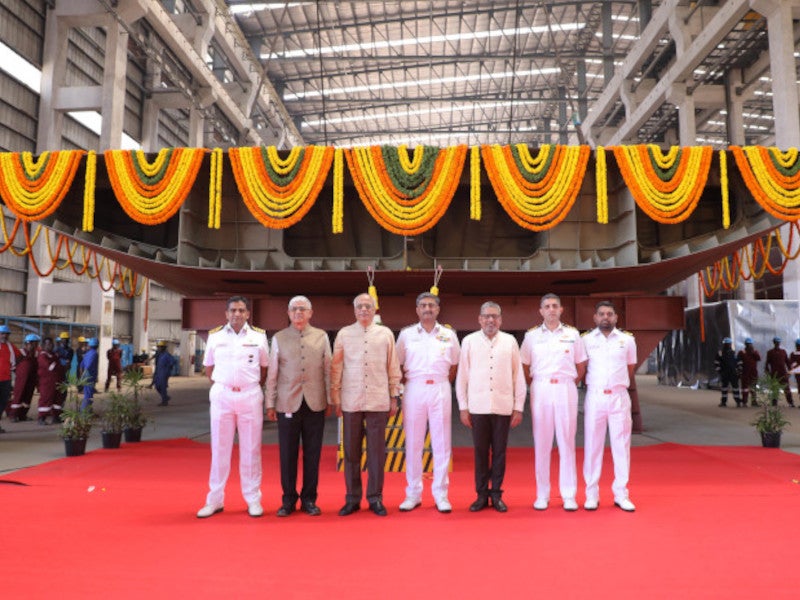Cadet training ships (CTS) are designed to provide comprehensive sea training to naval cadets of the Indian Navy.
The vessels will also serve as hospital ships, offer humanitarian aid and disaster relief, conduct non-combatant evacuation operations, and participate in search-and-rescue operations.
Additionally, the vessels will provide training to cadets from friendly nations to strengthen diplomatic ties.
The delivery of the ships is scheduled to commence in 2026 and they are expected to remain in service for approximately 30 years, undergoing maintenance every 24 months.
The vessels will embody the principles of ‘Aatmanirbhar Bharat’ in alignment with the Indian Government’s ‘Make in India’ initiative. The majority of the equipment and systems to be used in the vessels will be sourced from domestic manufacturers.
Cadet Training Ships development
The Indian Ministry of Defence issued a request for information to construct three cadet training ships for the Indian Navy in April 2018.
The Union Cabinet approved a Rs31.08bn ($374.87m) contract with Larsen & Toubro (L&T), a construction, technology, and manufacturing services provider based in India, to procure three CTS vessels in March 2023.
L&T Defence, a business unit of L&T, is tasked with designing the ships from the initial concept to production drawings at its Warship Design Center.
The new vessels will be designed, developed, and constructed locally at the L&T shipyard in Kattupalli, Chennai, Tamil Nadu.
The keel-laying ceremony for the first cadet training ship was held at L&T Shipyard, Kattupalli, in February 2024.
Cadet Training Ships design and features
The Cadet training ships will be 122m long and 18m wide. They will weigh 4,000 tonnes (t) (±15%), have a displacement of 4,700t, a speed of 20 knots, and an endurance of 60 days.
The ships will have a range of 12,070km at 15 knots and will accommodate 20 officers, 150 sailors, and 200 cadets.
The training vessels will feature dedicated training bridges for cadets, a chart house, and three classrooms, each with a seating capacity of 70.
The CTS will have separate areas for aviation and machinery, magazines and armament stores, and a quick reaction team room. They will also include logistics areas such as galleys, a boat deck, accommodation ladders, and a quarter-deck.
One naval utility helicopter (NUH) in the hangar and one NUH on deck will be part of the vessels.
The ships will include an automatic Helo landing and traversing system and will be designed with a high degree of automation and network-centric operations.
Additionally, the ships will incorporate green warship design features, as well as energy-efficient and environmentally friendly technologies such as garbage incinerators and compactors.
Weaponry and communication systems
The Cadet Training Ships will be equipped with a 76mm gun with a fire-control system, AK 630 guns with FCS, and 12.7mm guns with FCS.
In addition, two 12.7mm stabilised remote control guns, an acoustic warning device, and pedestal-mounted high-power binoculars will be part of the vessels.
They will be equipped with combat management and data link systems, along with an advanced composite communication system.
The vessels will feature two ‘I’ Band commercial off-the-shelf navigation radars and communication equipment for radio and satellite communications across all bands.
Propulsion
Each ship will feature two diesel engines and a twin shaft with a controllable pitch propeller, with each shaft having a single diesel engine and a bow thruster.
Contractors involved
Bharat Electronics signed a Rs8.47bn contract with L&T in March 2024 to supply 14 types of communications and electronic warfare systems for the cadet training ships.






